With documentary-makers these days, it can be hard to tell the difference between faux-naivety and the real thing. (Personally, I blame Louis Theroux.) Take BBC2’s Absolutely Fashion: Inside British Vogue (Thursday), directed and narrated by Richard Macer, who often seems suspiciously dazzled by whatever he sees: the editor’s office! The editor’s chair! He also has a tendency to proudly offer observations that aren’t necessarily as startling as he thinks: that the magazine appears to be largely run by women, for instance.
But where it’s even trickier to decide whether he’s faking or not is when his off-screen voice anxiously wonders whether Alexandra Shulman, the editor in question, wants him there at all — because she so obviously doesn’t. Faced with his questions in the back of taxis, she wears an expression of exquisite suffering, patiently borne. Announcing to the office staff that ‘we’ve got the cameras here’, she adopts a tone not unlike that of a surgeon breaking the bad news to waiting relatives.
In the circumstances, Macer’s ferret-like persistence borders on the heroic, as he continues to poke his unwanted nose and camera into photo shoots, fashion shows and editorial meetings. Happily, though, some of Shulman’s colleagues are more forthcoming — especially the fashion director Lucinda Chambers, who’s been at Vogue for 36 years and who confirmed her old-school status with a full-throated lament for the days when the office was full of cigarette smoke and hangover-sufferers rather than lots of efficient people working hard.
Meanwhile, another faux-naif moment (or was it?) came when, after filming several scenes of shameless sycophancy, Macer reflected on Shulman’s claim that she likes to employ clever women unafraid to challenge her. ‘But I haven’t seen any of her team do that,’ he said, trying hard to sound puzzled.
In this case, however, he spoke too soon, because one of the highlights of Thursday’s increasingly absorbing first episode came with a bitter showdown about which picture of Kate Moss to use on the April cover: an orthodox headshot or a more controversial photograph featuring a Union flag and Kate’s pants. Come the editorial meeting, Shulman was in favour of the headshot and everybody else for the pants. Of course, she got her way — but not before the staff had made their disappointment very clear, and Macer had again shown his courage by pointing out to Shulman how ‘interesting’ it was that nobody agreed with her. ‘Shall we stop filming now?’ she briskly replied, in perhaps the most chilling example of a rhetorical question in living memory.
Back at what many of its viewers are still learning to call the turn of the century, Cold Feet was one of the biggest programmes on telly. Now, 13 years after its ‘final’ episode, it’s back (ITV, Monday). The original five series were based on the traditional idea of a group of thirtysomething friends surprised that their youth seemed to be disappearing. These days, they’re pushing 50 and even more surprised that it’s vanished completely.
Most of the main characters are essentially unchanged. John Thomson’s Pete is still one of life’s losers; his wife Jenny (Fay Ripley) still a woman who mistakenly regards speaking your mind as the supreme human virtue; and Helen Baxendale’s Rachel still dead. Only Robert Bathurst’s David — who began as a straightforwardly villainous Daily Telegraph reader — is a bit different, having apparently been humanised by managing to marry someone even snootier and more uptight than himself.
So far, however, the new series is centred on the widowed Adam (James Nesbitt), who continues to miss Rachel and has an uneasy relationship with their teenage son. On the plus side, mind you, he also has a glamorous job in Singapore and the main dilemma he faced on Monday was whether or not to marry Angela (Karen David): a 30-year-old Asian knockout, who’s clever, funny, endlessly kind and the daughter of a multimillionaire. (Oddly enough, his male friends thought he should, while the women weren’t so sure.)
The only problem with Cold Feet the first time around was an overfondness for somewhat soapy plots, which in those days mainly meant adultery. Here, the characters did make it through an hour without any infidelity (then again, they’re not as young as they were). Nonetheless, there were some awkward moments of melodrama, far less authentic and appealing than the more low-key scenes.
But if Cold Feet has retained its abiding flaw, it’s also kept the qualities that made it a well-deserved hit — including good jokes, the ability to move neatly between the serious and comic, and a convincing sense of friendship and family life. Add to that a cast who slip back into their familiar roles with all the aplomb that old friends slip into theirs, and this feels like a most welcome return.
Got something to add? Join the discussion and comment below.
Get 10 issues for just $10
Subscribe to The Spectator Australia today for the next 10 magazine issues, plus full online access, for just $10.

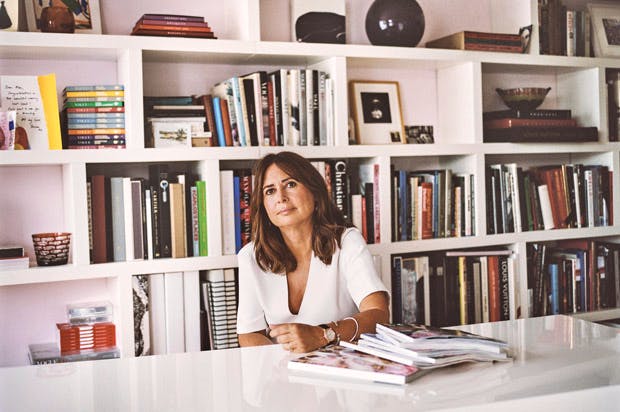
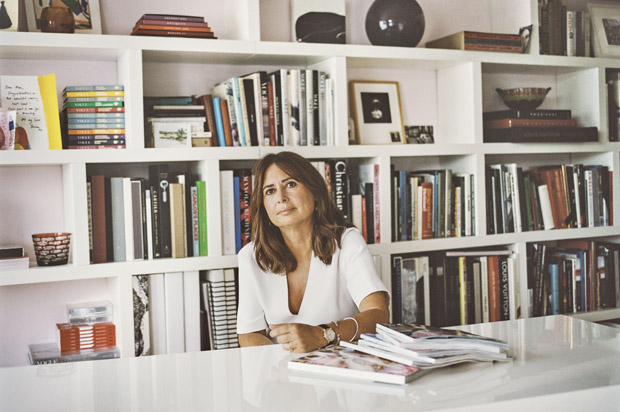
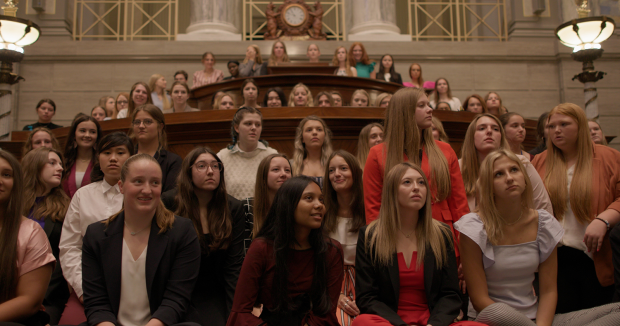
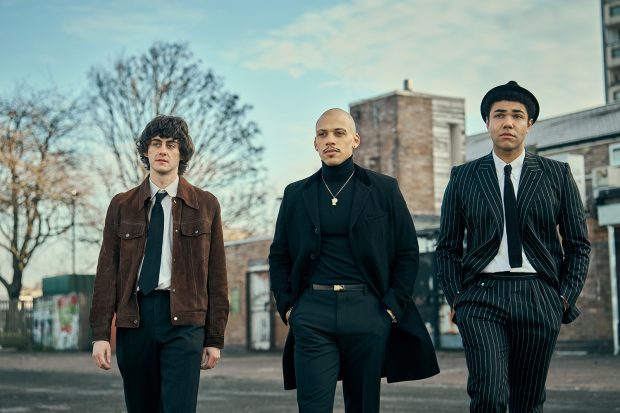
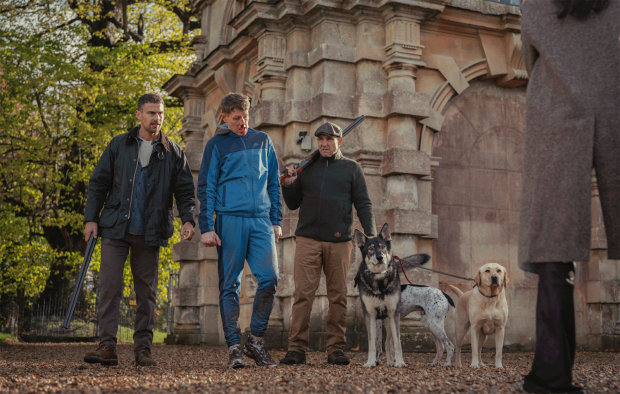
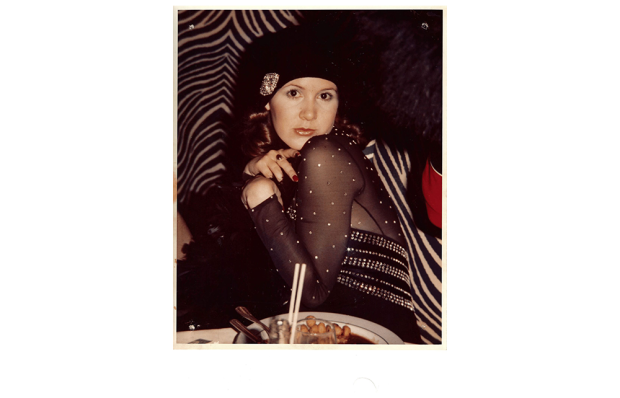
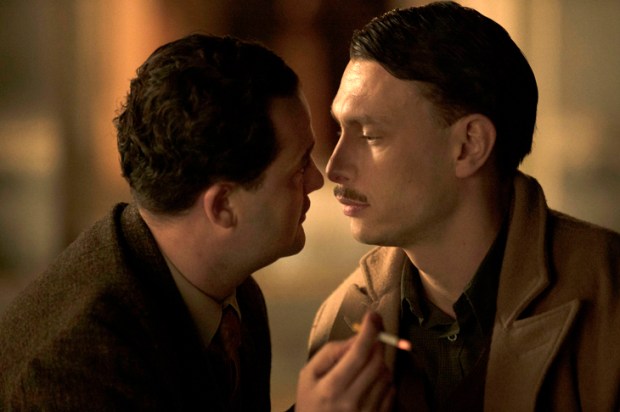






Comments
Don't miss out
Join the conversation with other Spectator Australia readers. Subscribe to leave a comment.
SUBSCRIBEAlready a subscriber? Log in